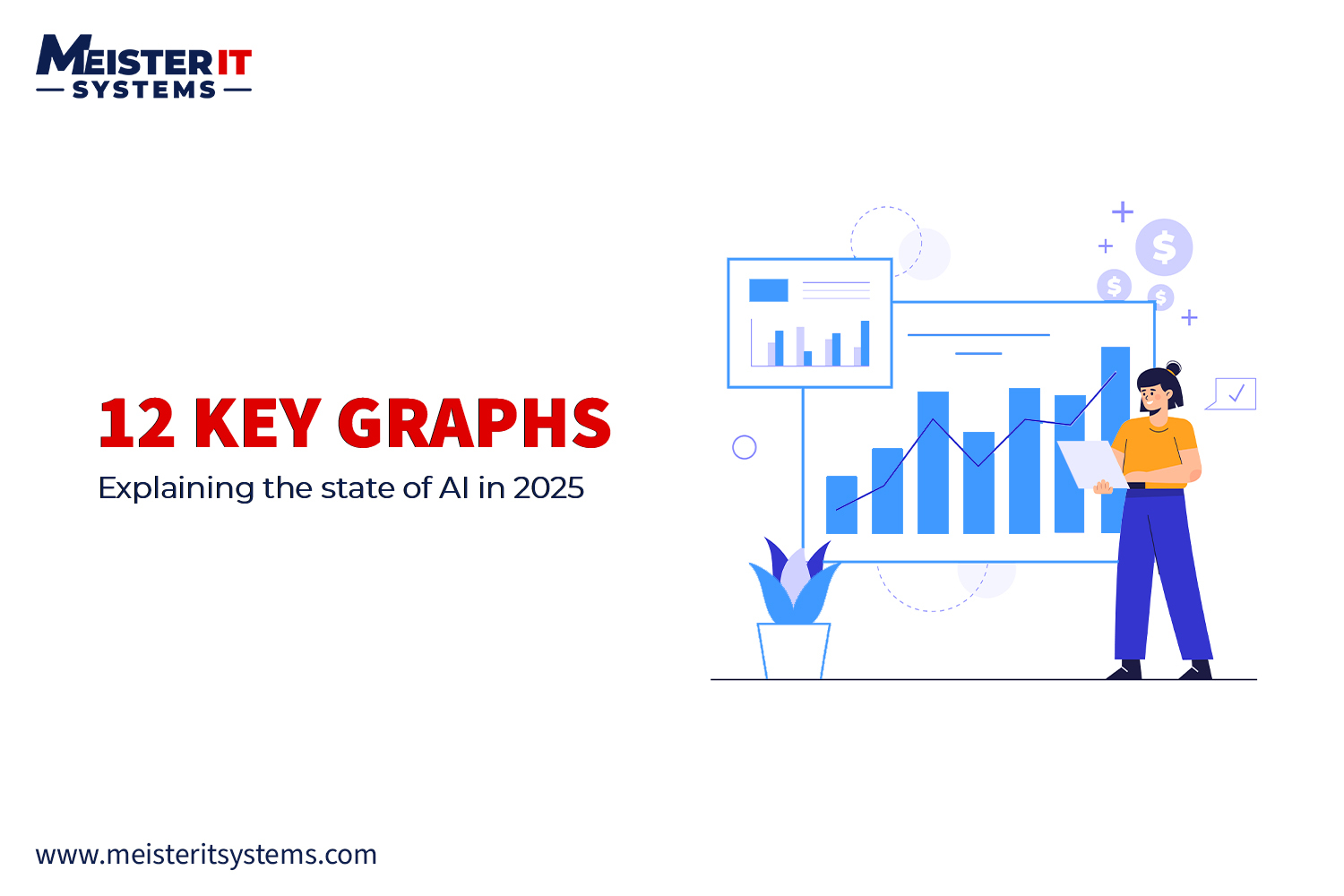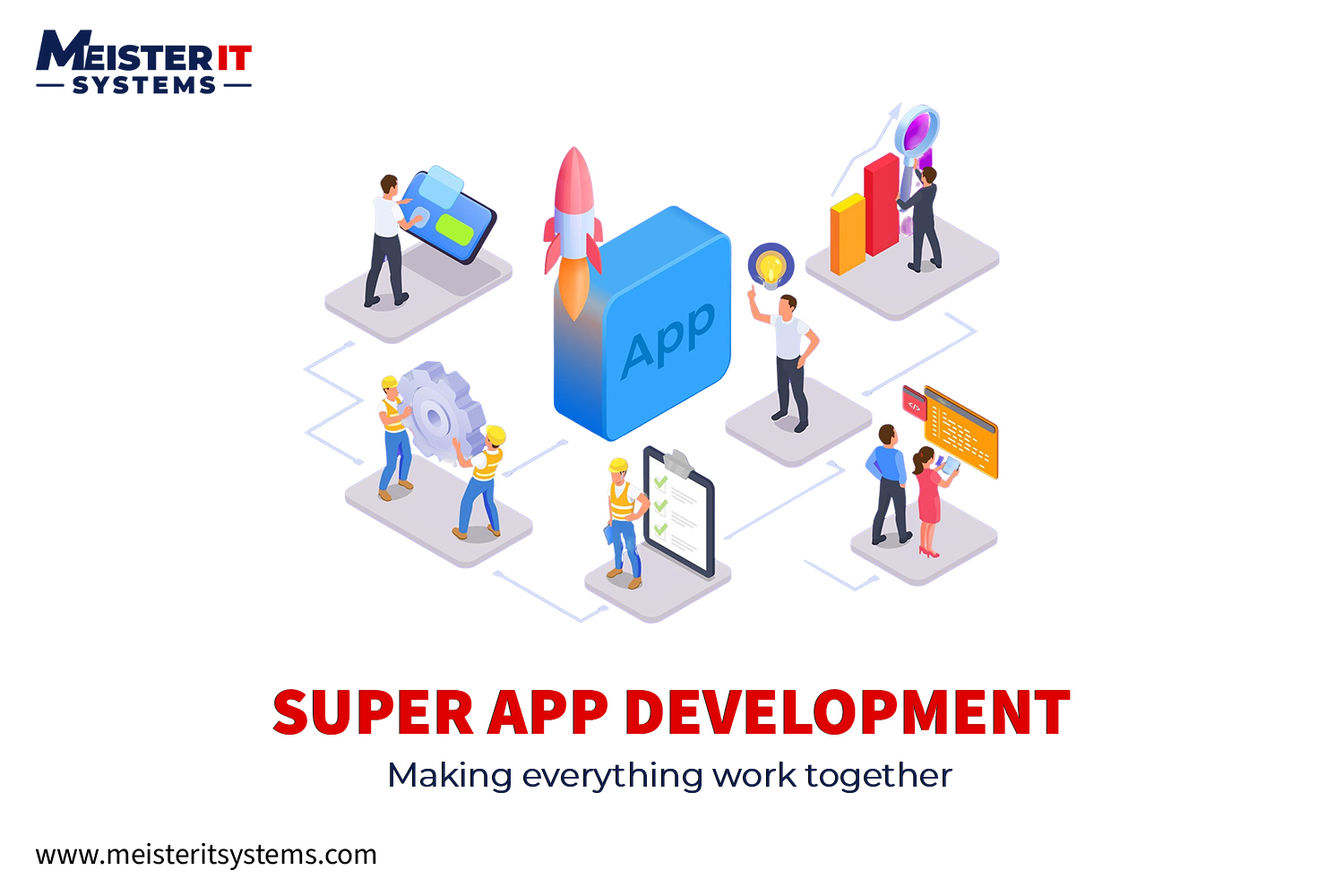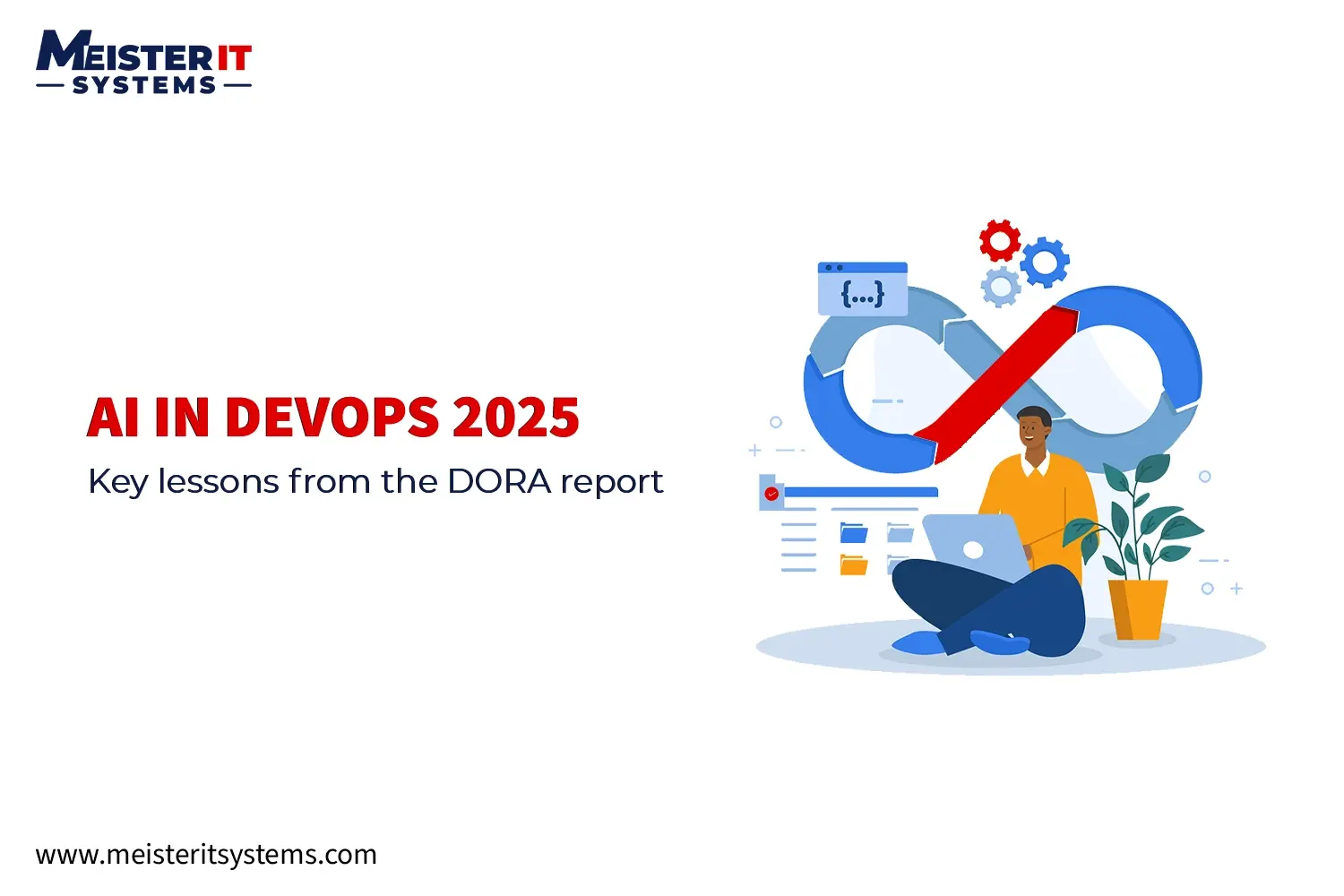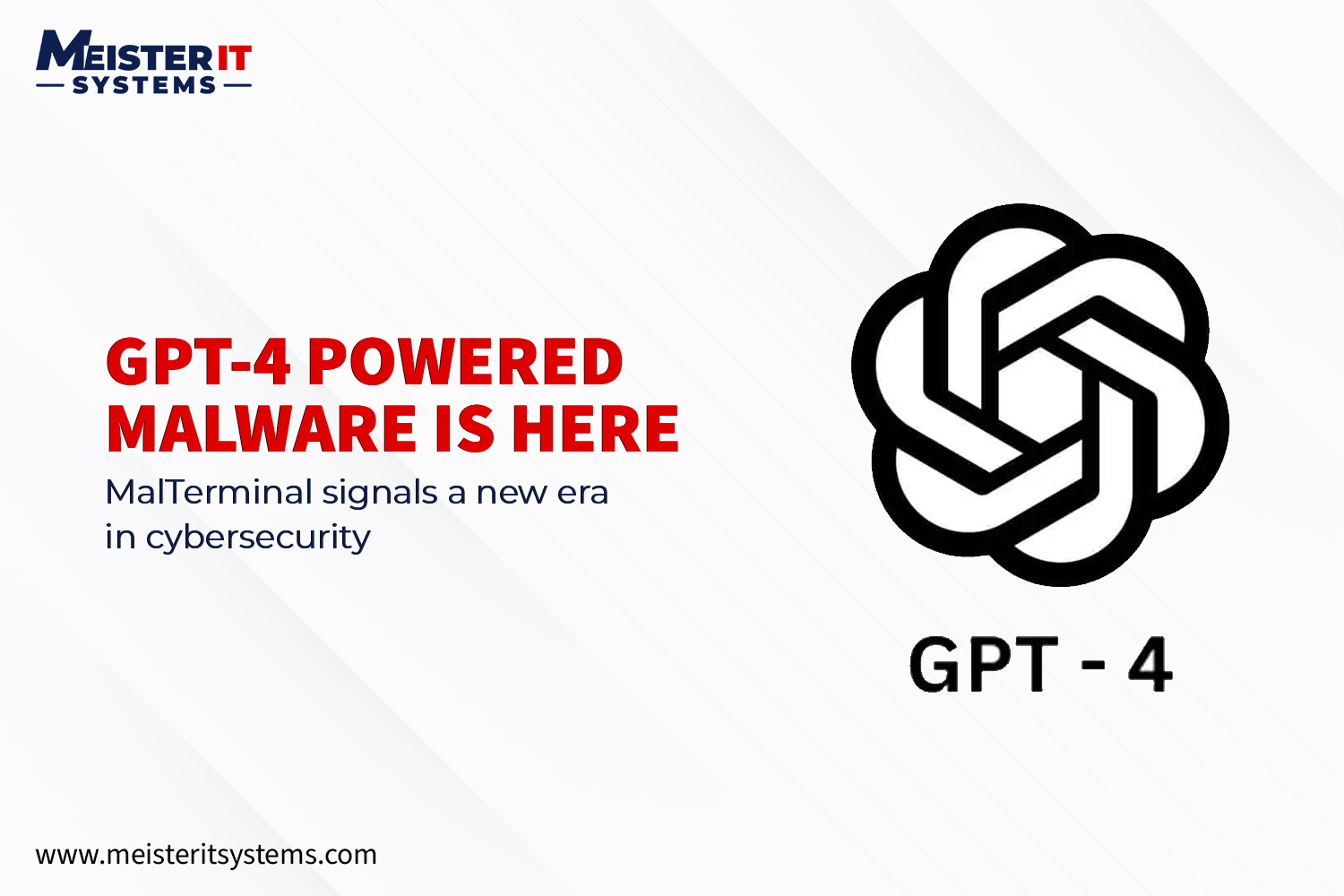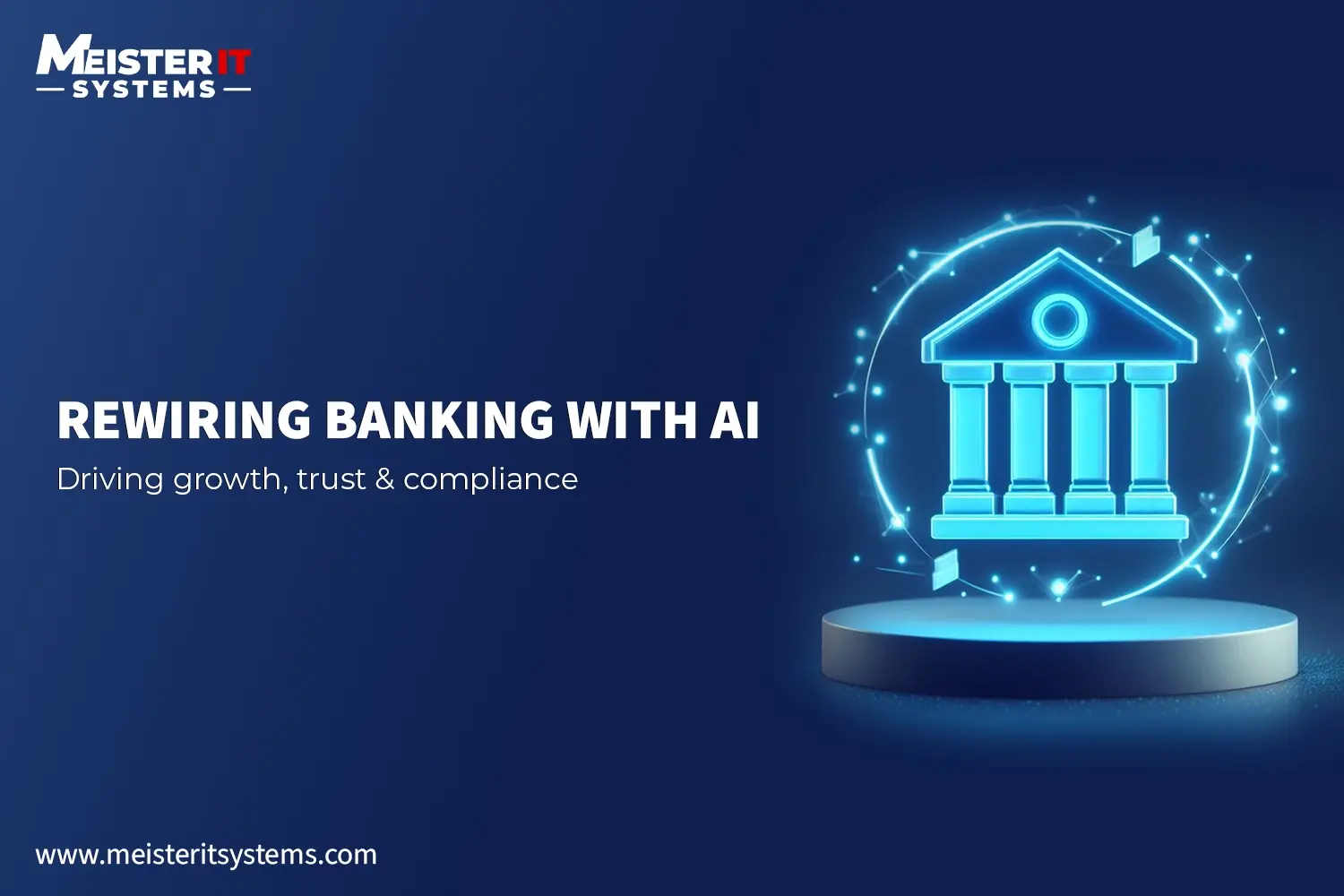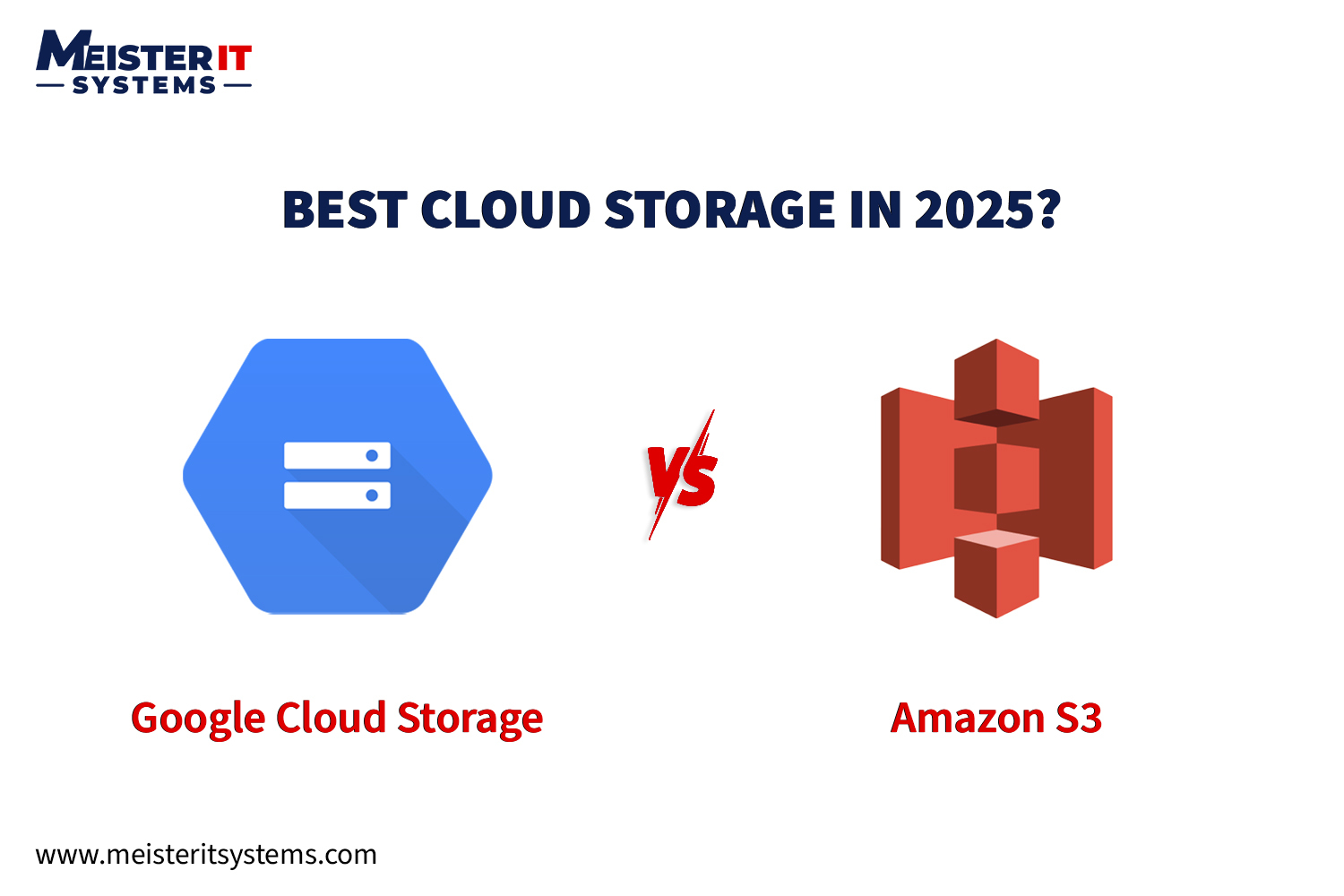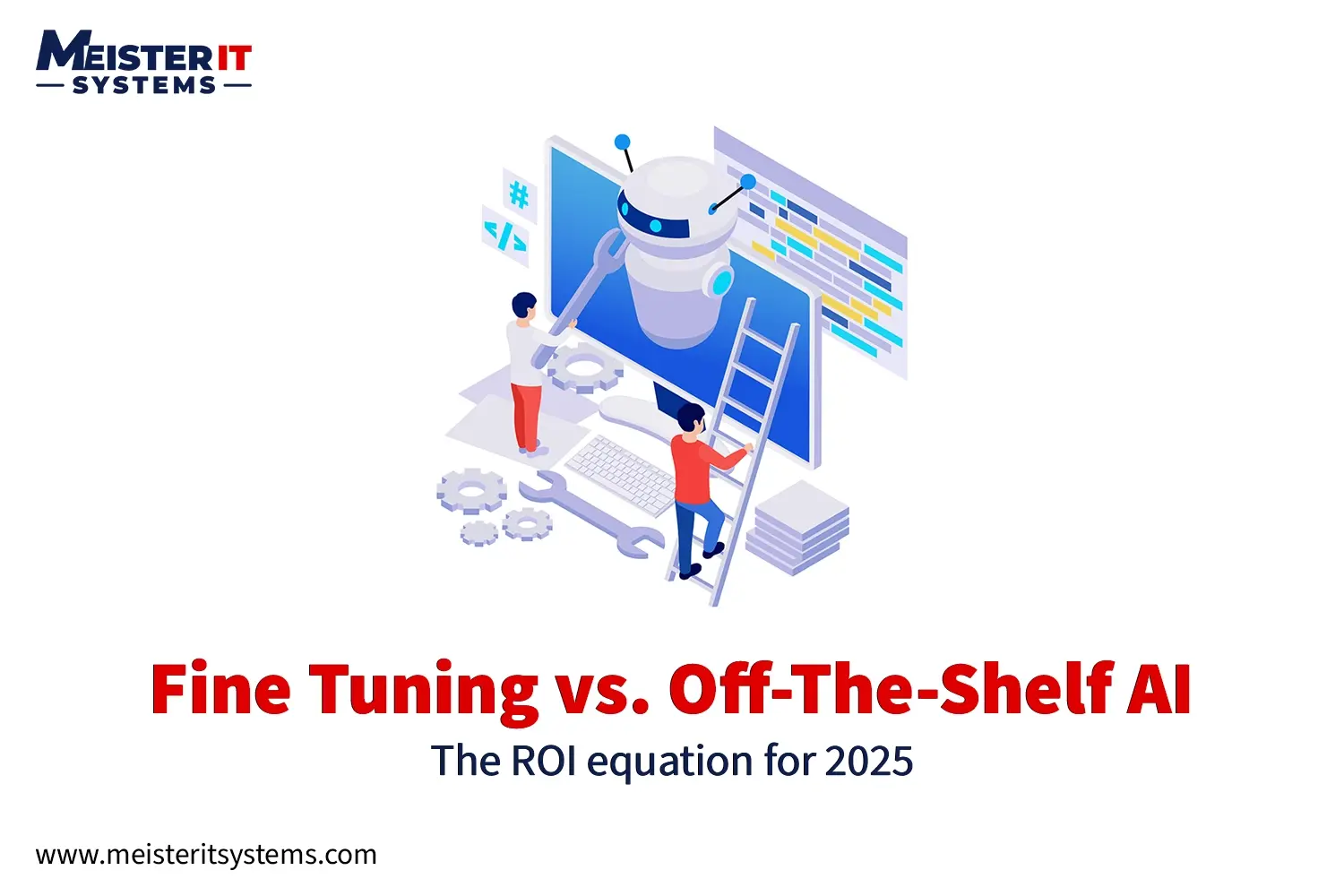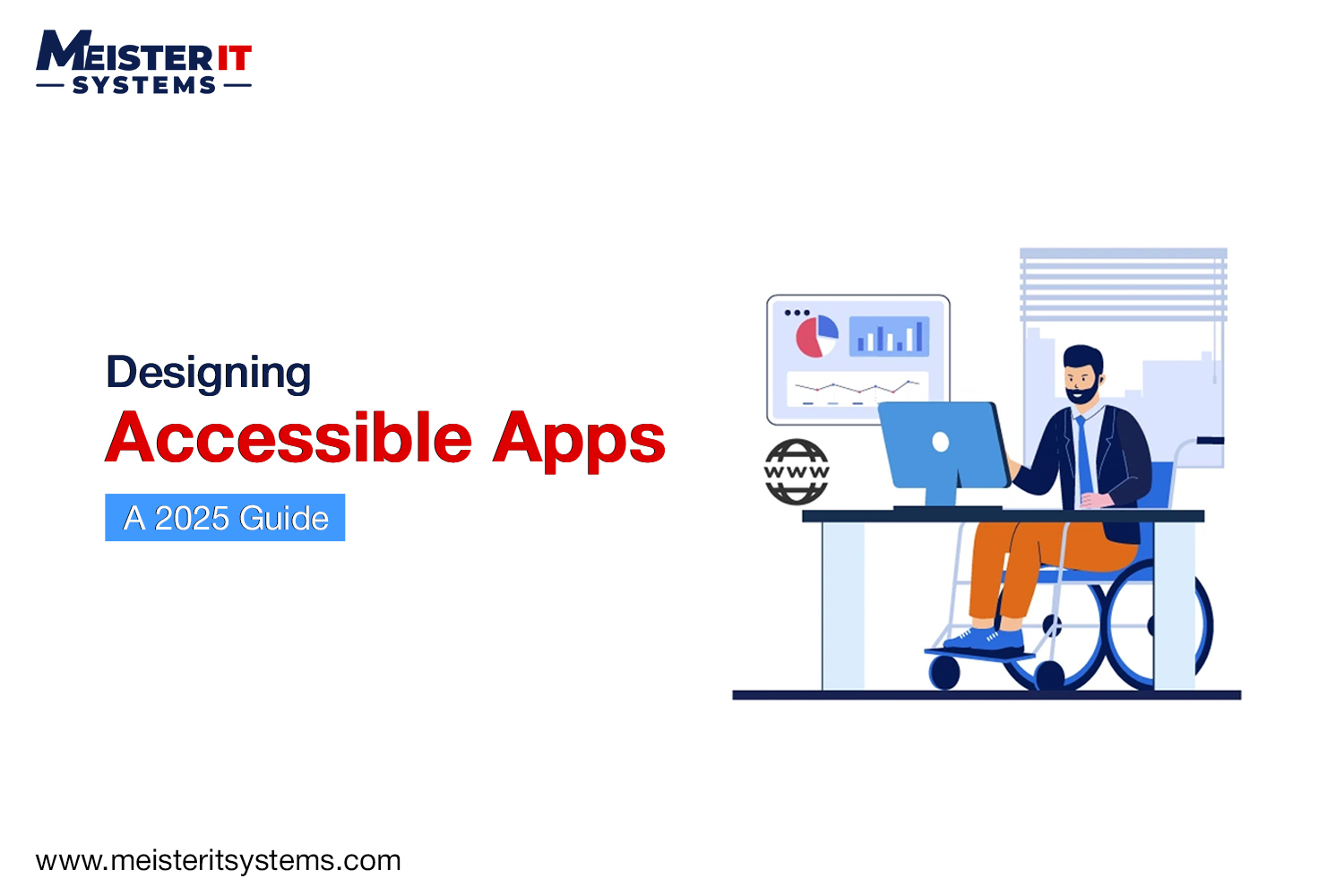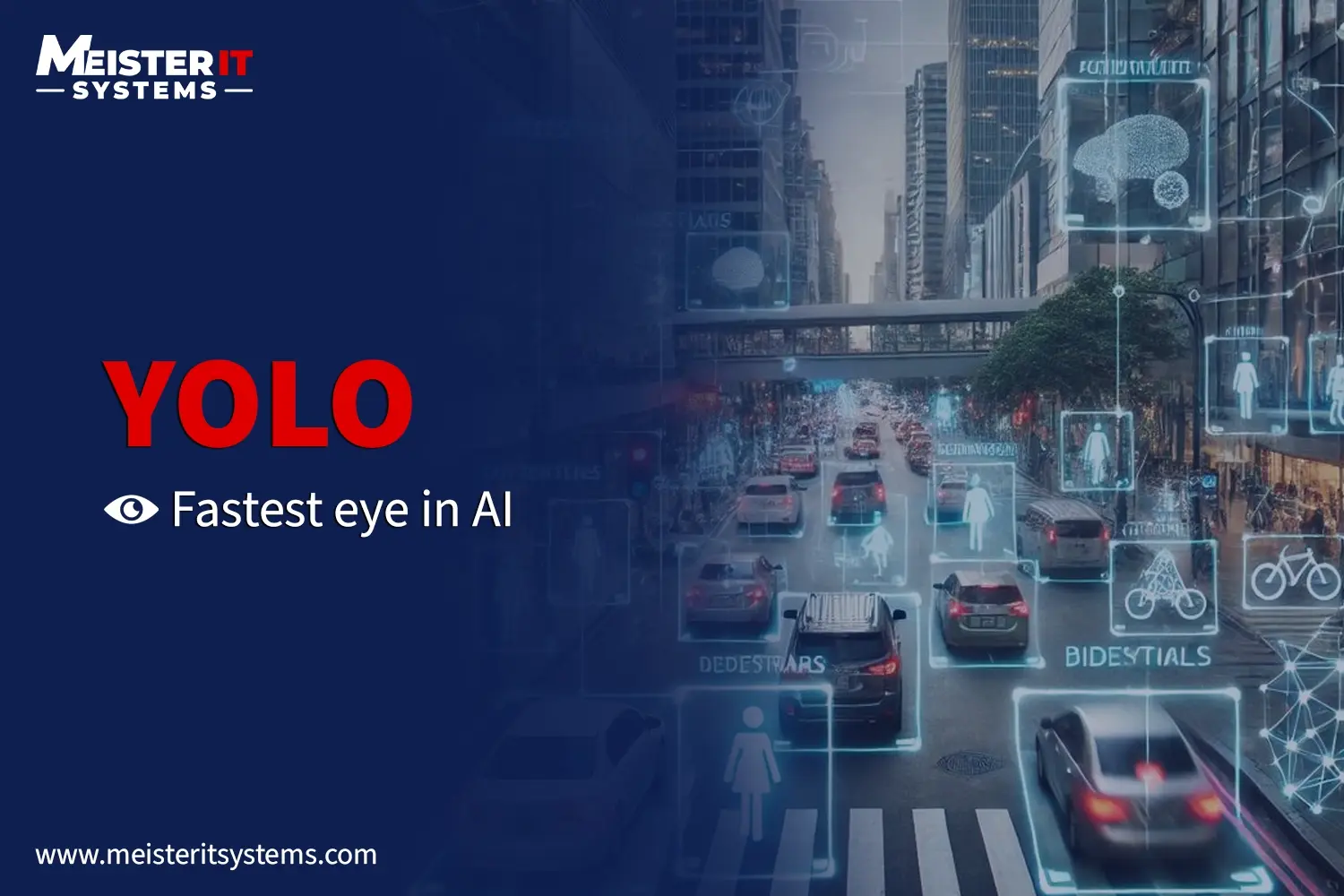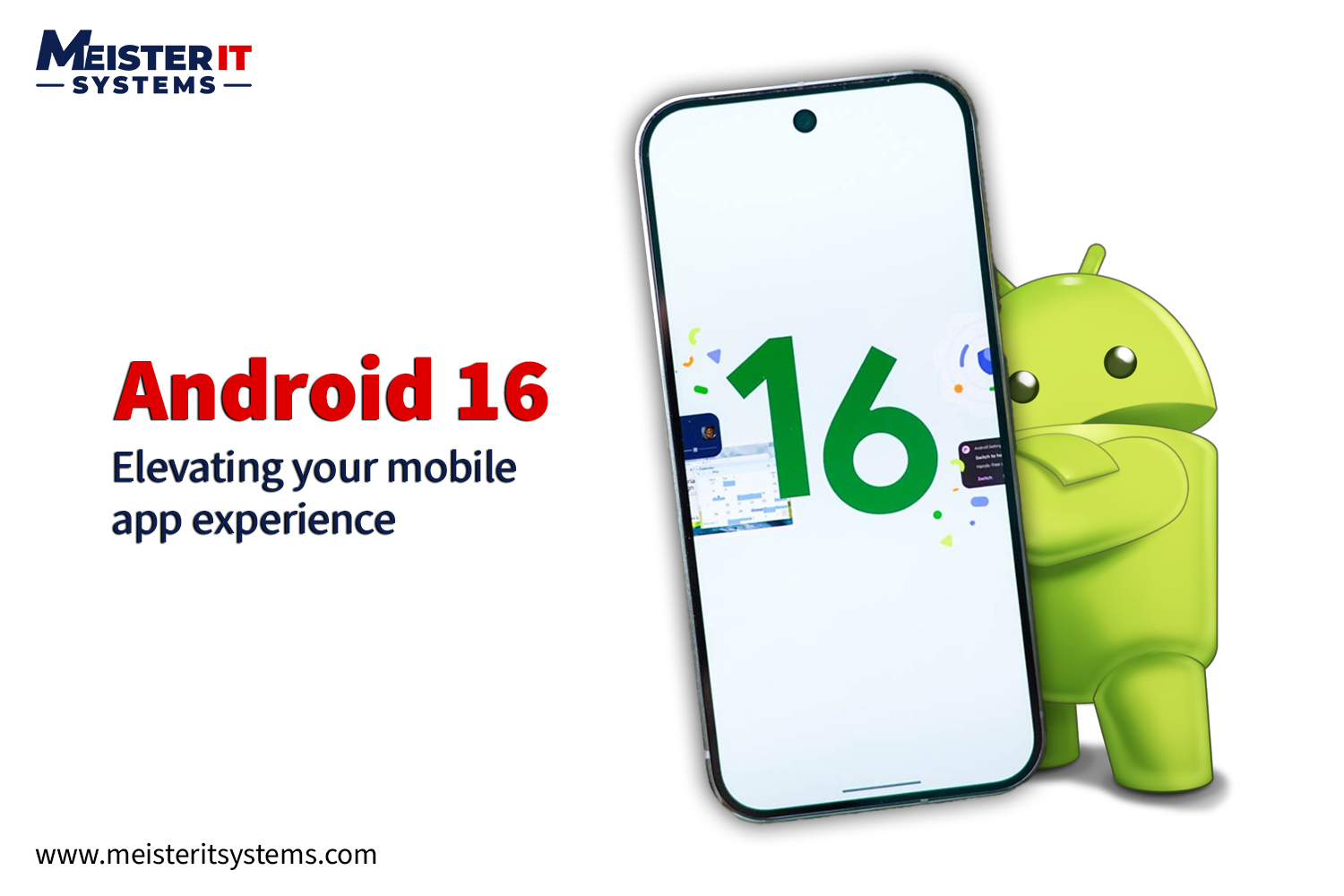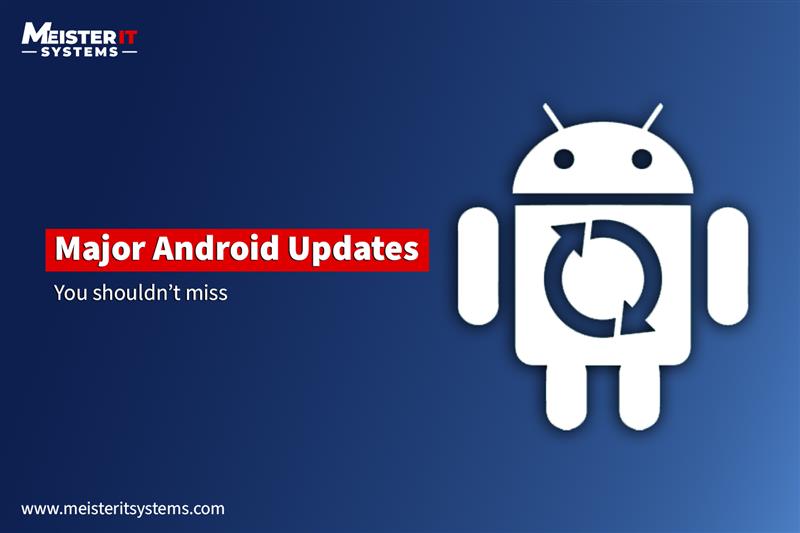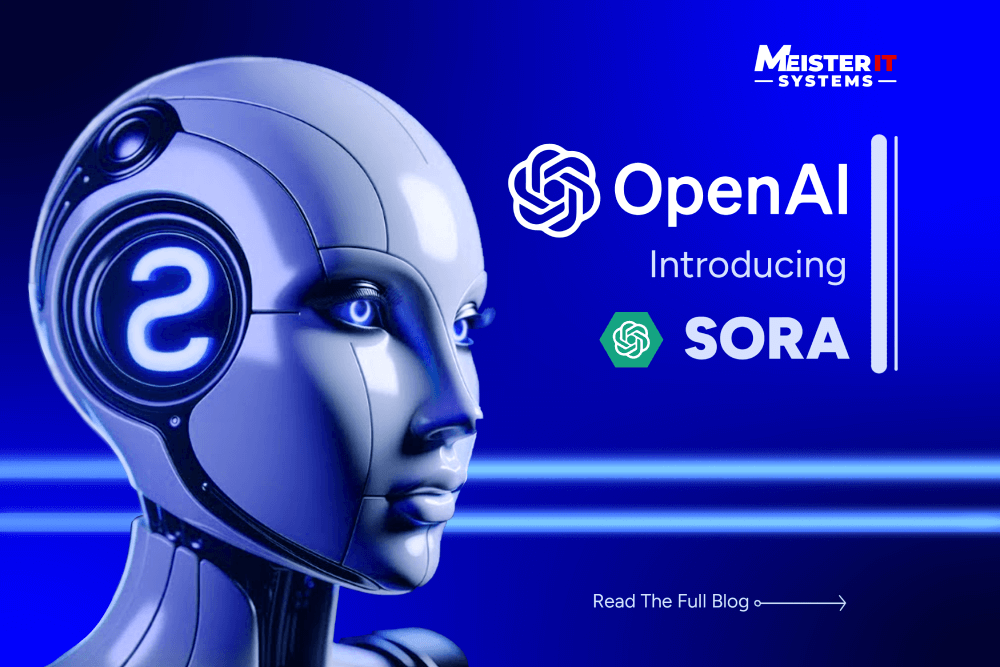
OpenAI has unveiled its latest innovation: Sora, a cutting-edge text-to-video AI model. And, the promo videos are quite impressive!
About a year ago, the promise of quality AI-generated images and videos felt like unreal. Do you remember the creepy hands epidemic?
— no context memes (@weirddalle) January 22, 2023
But now it seems like Open AI has come out with a Text-To-Video AI model that may revolutionize videos.
What do we know about Sora?
Sora is an AI model created and launched by OpenAI that can generate up to one-minute-long high-quality videos based on text prompts.
It means the advanced technology takes text prompts and transforms them into intricate scenes featuring multiple characters, specific movements, and detailed backgrounds. Sora marks a significant leap forward in video generation capabilities, allowing users to craft realistic and imaginative videos up to a minute in length simply by providing written prompts.
As per the Open AI company, “Sora can create realistic and imaginative scenes from text instructions.”
According to OpenAI’s announcement, Sora excels in generating complex scenes with lifelike characters, accurate motion, and detailed environments. The model demonstrates a keen understanding of physical objects, effectively interpreting props, and creating dynamic characters that convey vivid emotions.
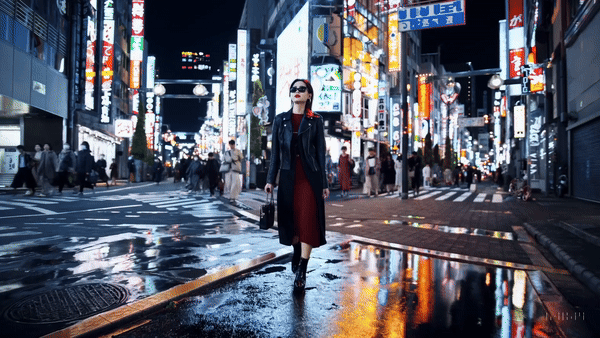
You’ll be amazed to know “The Sora model understands not only what the user has asked for in the prompt, but also how those things exist in the physical world.”
In addition to creating videos from text, Sora offers the ability to generate videos based on still images and can even fill in missing frames or extend existing videos. While some results may exhibit characteristic signs of AI manipulation, such as peculiar movements, overall, the outcomes are remarkably impressive.
Introducing Sora, our text-to-video model.
Sora can create videos of up to 60 seconds featuring highly detailed scenes, complex camera motion, and multiple characters with vibrant emotions. https://t.co/7j2JN27M3W
Prompt: “Beautiful, snowy… pic.twitter.com/ruTEWn87vf
— OpenAI (@OpenAI) February 15, 2024
While text-to-image models like Midjourney once dominated the field, recent advancements have seen rapid progress in text-to-video capabilities. Competitors like Runway, Pika, and Google’s Lumiere are also making strides in this domain. Lumiere, in particular, offers similar text-to-video functionality along with the ability to generate videos from still images.
Currently, Sora is accessible to select individuals for evaluation, including “red teamers” assessing potential risks and visual artists providing feedback. OpenAI acknowledges that while the model may not perfectly simulate complex physics or accurately interpret all cause-and-effect scenarios, it represents a significant advancement in AI-driven video generation.
In light of concerns about misusing AI-generated content, OpenAI recently announced plans to add watermarks to its text-to-image tool, DALL-E 3. However, it acknowledges that these watermarks can be easily removed. As with its other AI products, OpenAI recognises the importance of addressing the potential implications of AI-generated content being mistaken for reality.
Did you like reading this article? Stay tuned to our website blog!



